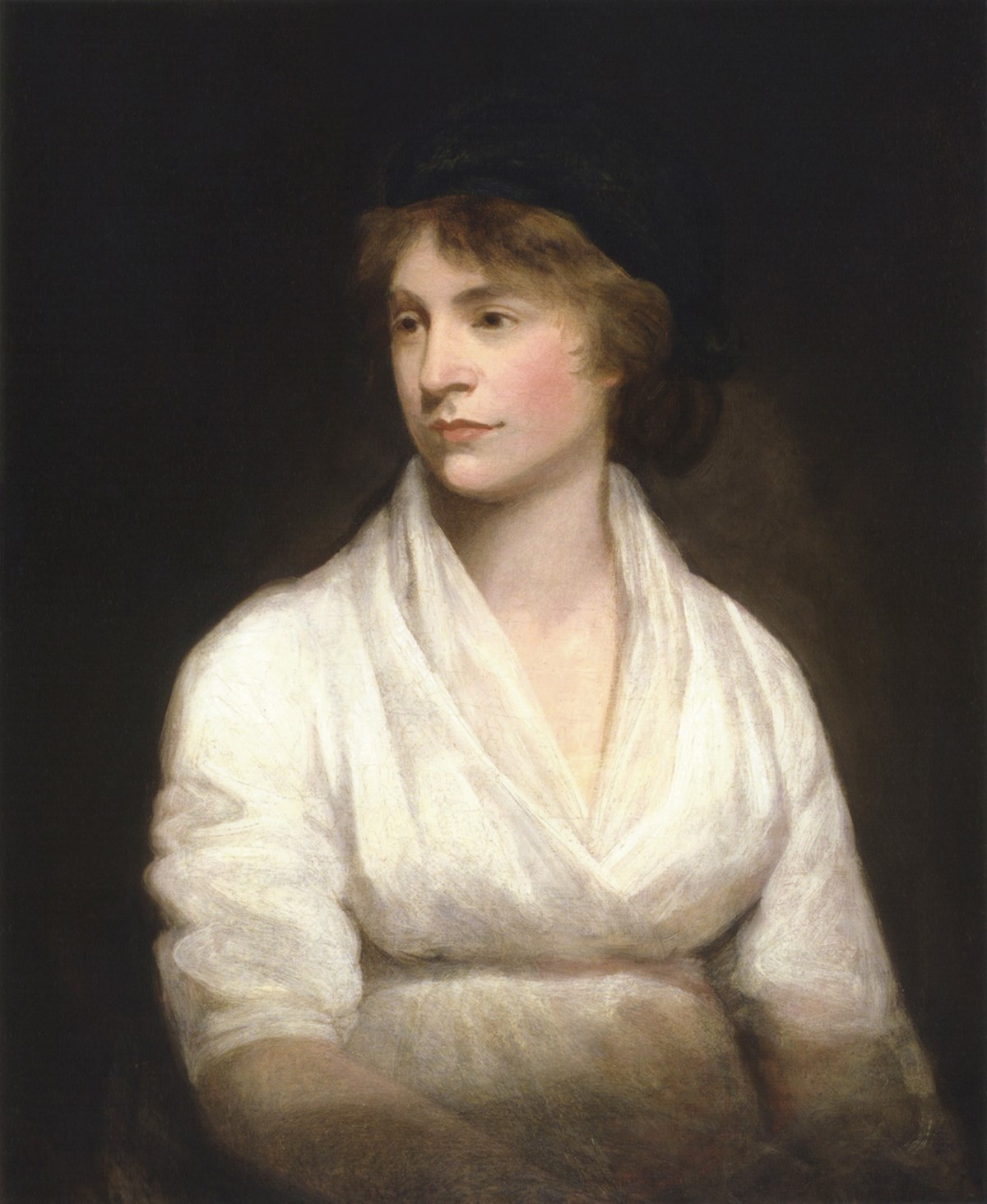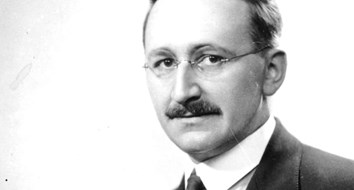When Britain’s Slavery Abolition Act took effect in August 1834, a full year after Parliament passed it, one of the largest peaceful emancipations in world history was set into motion. At least 800,000 slaves in the British possessions of the Caribbean, South America, and Canada were freed. In a world that has known mostly authoritarianism in one form or another, it surely ranks as one of the major landmarks in the never-ending struggle for individual liberty.
Activism and Abolitionism
The abolitionist movement in Great Britain began in the 1780s, secured the cessation of the slave trade in 1807, and ultimately won liberation for the enslaved with that famous Act in the 1830s. It was a triumph of the power of ideas. Crusading campaigners awakened and transformed the conscience of a nation on a matter as important as life or death. Notably, enlightened business people, Quaker activists, and Anglican evangelicals supplied the lion’s share of the funding and leadership of this remarkable effort.
The male figures in the movement are names still familiar to lovers of liberty today—names like William Wilberforce, the Parliamentarian who doggedly waged an annual battle in the House of Commons until his colleagues saw the light; Thomas Clarkson, who devoted 61 years of his life to the cause and provided Wilberforce with much of the evidence that eventually convinced Parliament; The most prominent of these heroines deserve to be remembered for their work and their boldness.Olaudah Equiano, the former slave whose bestselling autobiography made the evils of slavery vivid and unforgettable; and John Newton, an ex-slave trader who wrote the hymn “Amazing Grace” and inspired millions to join the abolitionist campaign on both sides of the Atlantic.
Women played a critical role, too, a fact often overlooked. Everywhere in the late 18th and early 19th centuries, legal rules and social customs dictated that females meet quietly by themselves, minimize their political involvement, and otherwise leave society for the men to shape. But the British abolitionist movement marked the first sustained endeavor for political change in which women in large, effective numbers made their voices heard.
As mothers, female abolitionists often invoked heartbreaking stories of the mistreatment of slave women and the separation of slave children from their families. On those matters, they spoke with a moral authority that even men couldn’t quite muster. The most prominent of these heroines deserve to be remembered for their work and their boldness.
Mary Wollstonecraft (1759-1797)
Recognized as the first libertarian feminist, the London-born Mary Wollstonecraft is appreciated for her persuasive advocacy of equal rights for women in the 1780s and ‘90s before her untimely death at age 38 in 1797. Less known but just as eloquent are her anti-slavery appeals. Referring to the slave trade as “this abominable traffic,” she argued for the “natural rights” of all men and women, of whatever color, to “be allowed to enjoy their birthright—liberty.”
In a reply to Edmund Burke’s observations of the French Revolution, Wollstonecraft raised the issue of slavery in no uncertain terms. She stated that previous, unenlightened generations lacked an understanding of “the native dignity of man” and that they had “sanctioned a traffic that outrages every suggestion of reason and religion.” She spurred women to break out of their shells and take on the injustices of the world. A good example would be one of her many friends, Helen Maria Williams, who became an outspoken abolitionist and rabble-rouser in both Britain and revolutionary France.
Writing for the BBC, Elizabeth Crawford notes that Wollstonecraft “repeatedly likened men’s domination of women to the planters’ domination of slaves.” In her 1792 essay, “Vindication of the Rights of Woman,” she was referring to slave-produced sugar when she asked indignantly,
Is one half of the human species, like the poor African slaves, to be subject to prejudices that brutalize them...only to sweeten the cup of men?
Hannah More (1745-1833)
In the wake of Britain’s loss of the American colonies, the 1780s birthed many formal and informal groups intent on social and political reform. A particularly influential one was the Clapham Sect, composed of wealthy Anglicans who lived in a part of what is now southwest London. Wilberforce became their best-known figure, but among their number was a very well-educated intellectual, Hannah More. She first made a name for herself as a playwright and poet before joining the abolition movement.
More put her pen to good use with a famous poem, “Slavery,” which she intended for Wilberforce to use in opening the anti-slavery campaign in Parliament in 1788. He invoked her work then and on numerous occasions thereafter. Here’s a portion of that poem, the first of many she wrote for the abolitionist cause:
Perish the illiberal thought which would debase
The native genius of the sable race!
Perish the proud philosophy which sought
To rob them of the powers of equal thought!
What? Does the immortal principle within
Change with the casual color of a skin?
Does matter govern spirit? Or is mind
Degraded by the form to which it’s joined?
No. They have heads to think, and hearts to feel,
And souls to act, with firm, though erring zeal;
For they have keen affections, soft desires,
Love strong as death, and active patriot fires.
As a philanthropist, More gave generously to the emancipation effort, helping it to produce the paraphernalia—from pamphlets to posters—that made it a genuine and visible grassroots movement. Elizabeth Crawford notes that a friend of More’s, Lady Margaret Middleton, may have been instrumental in convincing young Wilberforce and Clarkson to take up the cause.
Mary Morris Knowles (1733-1807)
Mary and her husband Thomas were Quakers whose moral consciences never countenanced slavery. Thomas died in 1785, leaving Mary a wealthy widow. She became an active supporter of the nascent abolition movement. When a friend requested she provide an inscription for the box of a popular brand of tobacco, she chose slavery as her topic and wrote these lines:
Tho various tints the human face adorn
To glorious Liberty Mankind are born;
O, May the hands which rais’d this fav’rite weed
Be loos’d in mercy and the slave be freed!
In the 1790s, boycotting slavery’s products became an important tool in the abolitionist tool kit. By encouraging people to abstain from the consumption of things like tobacco, rum, and sugar, the movement sought to hit the slave traders in their bottom lines. Mary Knowles was one of the earliest to stoke those passions, her tobacco box couplet being the best example.
In film director Michael Apted’s 2007 movie, Amazing Grace, Wilberforce’s wife Barbara—an avid abolitionist—tells her husband, “My poor father almost went mad when I told him I’d stopped taking sugar in my tea. More and Knowles were not the only abolitionist women to employ poetry as a persuasive device.I was 14, reading your name in the papers, willing you to win. I told my friends there was actual slave blood in every lump of sugar.” She was taking a cue from activists like Mary Morris Knowles.
Estimates are that eventually, several hundred thousand British women were faithfully boycotting sugar and other slave-related goods. They supported the movement by purchasing items like hairpins, plates, and jewelry adorned with images designed to convey an anti-slavery message.
More and Knowles were not the only abolitionist women to employ poetry as a persuasive device. So did Mary Birkett Card (1774-1817), an Irish Quaker who wrote an influential anti-slavery poem aimed directly at fellow women in 1792.
Elizabeth Heyrick (1789-1831)
After Parliament abolished the slave trade in 1807, some abolitionists retired, at least temporarily, because they thought slavery itself would soon die out. After two decades of agitation, perhaps it was time to find other things to do and let nature take its course.
A certain radical named Elizabeth Heyrick saw things differently. It was largely because of her that in the 1820s, the abolition cause picked up a second wind. Believing that every moment of continued bondage constituted a heinous sin, Heyrick demanded the immediate liberation of all slaves and reproached those who took a more “gradualist” position. In a famous 1824 pamphlet, she wrote:
The perpetuation of slavery in our West India colonies…is one in which we are all implicated…The West Indian planter and the people of this country stand in the same moral relation to each other as the thief and the receiver of stolen goods. The West Indian planters have occupied too prominent a place in the discussion of this great question…[and] the abolitionists have shown a great deal too much politeness and accommodation towards these gentlemen.
The final decade before the 1833 Abolition Act produced an explosion of female activism. Heyrick is a big reason why, though sadly she didn’t live to see the climax herself.
Lucy Townsend (1781-1847)
Though the abolitionist cause rightly revered William Wilberforce, he could be a quirky traditionalist. For a long time, he couldn’t bring himself (until the late 1820s) to support the idea of women in activist roles. In her 2004 book, Women Against Slavery, historian Clare Midgley quotes him objecting to the creation of anti-slavery ladies’ associations: “For ladies to meet, to publish, to go from house to house stirring up petitions—these appear to me proceedings unsuited to the female character as delineated in Scripture.” He relented when it was clear that the women were going to do those things whether he liked it or not.
Lucy Townsend was one of them. In her home in 1825, and with the help of her friend Mary Lloyd, she founded the first women’s anti-slavery organization, the Ladies’ Society for the Relief of Negro Slaves, later renamed the Female Society for Birmingham. Midgley explains:
In its founding resolutions the society stated that it intended to achieve its aims through diffusing information to arouse public abhorrence of slavery, through dispatching an ‘Appeal from British Ladies to the West India Planters’, and through using surplus funds to aid charitable and educational work by missionaries among the free black population of the West Indies…The foundation of the Female Society for Birmingham was followed by the formation of a network of other ladies’ anti-slavery associations. Together these groups marked the change from abolition as an individual woman’s commitment to anti-slavery as a collective female endeavor. It was to be a change with major repercussions not only on the role of women in the movement but also on the nature of the anti-slavery campaign as a whole and on the role of women in British society.
Townsend’s group grew quickly in influence, even helping form at least 20 other ladies’ associations before emancipation was won by a vote of Parliament in 1833. Midgley reports that by 1830, “ladies’ associations were raising more money for the abolition movement than their corresponding male associations.” Women not only helped hugely in funding the larger movement but also actively took on the cases of individual slaves by buying them and then immediately freeing them.
Only men petitioned Parliament before 1825. The custom was broken in that year when 2,000 members of Townsend’s Female Society for Birmingham signed a petition demanding that the House of Commons enact an emancipation bill. It was the first snowball in an avalanche. Hundreds of thousands of women signed similar petitions until the Abolition Act was finally passed in 1833.
At Last, Liberty
A year later, slavery within the vast British Empire was officially no more. The emancipation effort, a half-century after it began, went down in history as one of the greatest and most successful single-issue crusades ever.
The faint-hearted joined opponents of emancipation in warning of calamitous consequences. Troops were dispatched to the Caribbean to discourage violence. But on that momentous occasion of August 1, 1834, calm and jubilation prevailed. Of the typical British island of the Caribbean that day, philosopher and essayist Ralph Waldo Emerson observed:
On the night of the 31st of July, they met everywhere at their churches and chapels, and at midnight, when the clock struck twelve, on their knees, the silent, weeping assembly became men; they rose and embraced each other; they cried, they sang, they prayed, they were wild with joy, but there was no riot….The first of August came on Friday, and a release was proclaimed from all work until the next Monday. The day was chiefly spent by the great mass of the negroes in the churches and chapels. The clergy and missionaries throughout the island were actively engaged, seizing the opportunities to enlighten the people on all the duties and responsibilities of their new relation, and urging them to the attainment of that higher liberty with which Christ maketh his children free.
The liberation by Great Britain of an entire race from the scourge of slavery was an achievement of, by, and for not just men but also of both men and women. It should forever be celebrated as such.





